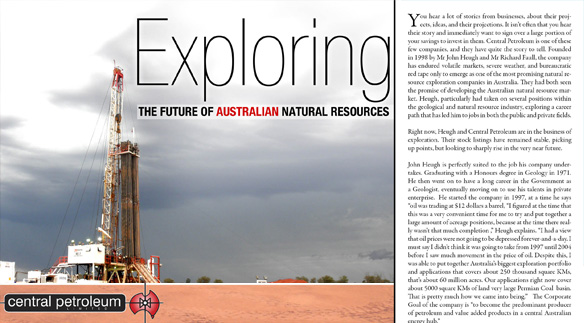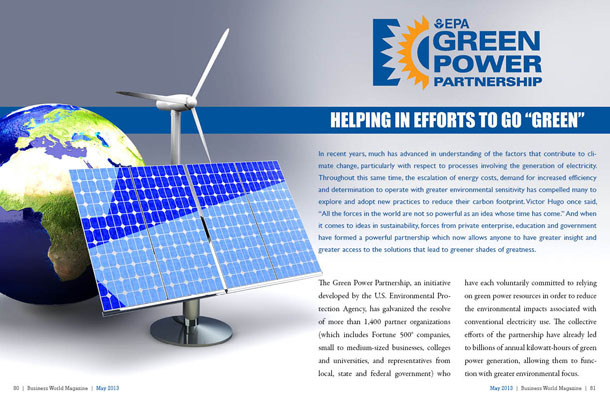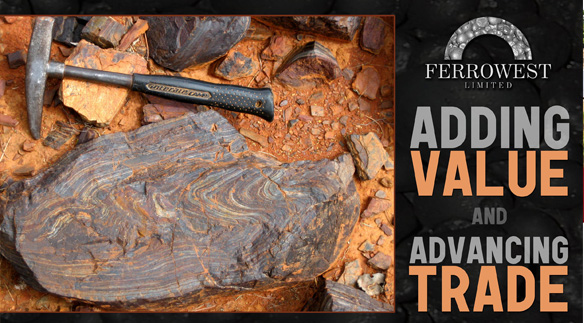
Exploring the Future of Australian Natural Resources
You hear a lot of stories from businesses, about their projects, ideas, and their projections. It is not often that you hear their story and immediately want to sign over a large portion of your savings to invest in them. Central Petroleum is one of these few companies, and they have quite the story to tell. Founded in 1998 by Mr John Heugh and Mr Richard Faull, the company has endured volatile markets, severe weather, and bureaucratic red tape only to emerge as one of the most promising natural resource exploration companies in Australia. They had both seen the promise of developing the Australian natural resource market. Heugh, particularly had taken on several positions within the geological and natural resource industry, exploring a career path that has led him to jobs in both the public and private fields.
Right now, Heugh and Central Petroleum are in the business of exploration. Their stock listings have remained stable, picking up points, but looking to sharply rise in the very near future.
John Heugh is perfectly suited to the job his company undertakes. Graduating with an Honours degree in Geology in 1971, he then went on to have a long career in the Government as a Geologist; eventually moving on to use his talents in private enterprise. He started Central Petroleum in 1997, at a time he says “oil was trading at $12 dollars a barrel. I figured at the time that this was a very convenient time for me to try and put together a large amount of acreage positions, because there really wasn’t that much completion,” Heugh explains. “I had a view that oil prices were not going to be depressed forever-and-a-day. I must say I didn’t think it was going to take from 1997 until 2004 before I saw much movement in the price of oil. Despite this, I was able to put together Australia’s biggest exploration portfolio and applications that now covers about 250 thousand square KMs – that’s about 60 million acres. Our applications right now cover about 5000 square KMs of land very large Permian Coal[i] basin. That is pretty much how we came into being.”
The Corporate Goal of the company is “to become the predominant producer of petroleum and value added products in a central Australian energy hub.”
By March 2006 they found sufficient funding to be listed on the ASX, with Heugh starting and remaining in the position of managing director.
“We have been out there exploring for 5 years and have spent 75 million dollars on building and seismic activities to date,” says Heugh. “We have 8 ½ million shareholders, and we have over a billion shares on issue at about 6 cents a share. So we are really looking forward to discovery. We are currently drilling on Surprise 1, and we are really looking to turn around that share price fairly soon.”
Challenges
Drawing investors does not seem to be a huge hurdle for Heugh. “It’s easy to point to very large targets for conventional oil and gas, but we are also looking at gas and helium- which is a very valuable commodity these days. In addition to that we have over 40,000 square kilometres of ground that covers shale, which we think has a very strong prospect of oil and gas,” he says. They are also currently working on a find of 600 million tons of coal; Heugh says it may be low grade coal, but it is a very good find for use in thermal and steaming applications. Part of this effort to monetize these finds, he says, is to attract large state-owned Chinese oil and gas companies by offering them joint ventures. This is second choice at this point, “we would only be too pleased to get an Aussie company, American or North American company to join us, but they don’t seem to have the appetite for high risk exploration that the Chinese companies have,” he says. “People just aren’t ready to take a chance on exploration in the US yet.”
Working in some of the harshest conditions known to man, most of the operations that Central Petroleum performs are based in the Simpson Desert. “The Simpson was only crossed with a motor vehicle in 1962, its one of the most remote desert regions, not only in Australia, but the world.” Sometimes, says Heugh the desert’s temperature can reach 50 degrees Celsius in the shade. In the summer months of the year they sometimes get exposed to monsoon weather. “We get flooding rains, and we can get cut off from roads and it makes moving about the countryside very difficult.”
Some of the other challenges they have had to deal with are more controllable and more easily overcome. With Native Land Rights, Central Petroleum has maintained better than good relations with the original land owners, and has remained flexible within the confines of the spending caps. Most of the difficulty they have encountered is not appeasing the land owners, but getting the paper work through government. They have, however, made a record of note: they have gotten more applications approved than even some of the largest companies in the world. “These have been all gradual improvements, the next quantum-leap we will see is the technology and processes we will use to drill the wells themselves.” Mobility and hoisting capacity is the key to this, he says
Among the improvements in the industry that Heugh sees is the advent of true carbon capturing and reclamation processes. Heugh is extremely well informed and excited at the possibilities that new technologies could offer to every aspect of the energy business in order to make it either carbon neutral or more efficient.
Trends in the industry
“One of the biggest trends I see at this point is that an awful lot of US and North American companies are trying to book reserves in the shales oil and gas deposits that are discovered,” however this gives a lot of companies like Central Petroleum a bit of an opportunity. While these larger companies are buying up shale reserves, they are selling off their smaller holdings of gas and conventional reservoirs. “I see an opportunity here, we can move into these markets by picking up these assets. These are small things to big companies, but to us – a small company – they are big!” Heugh laughs, obviously excited at the opportunities available outside of Australia. If they are able to tap some of these assets, they will get even more capital in which they can reinvest into exploring the resource base of Australia.
With recent moves for other countries to place protectionist taxes and embargos on their own oil and gas resources, Heugh does not see this as something very surprising. “I would not be shocked to see more and more countries trying to keep out foreign companies and investors from their native oil and gas deposits. Let’s face it, oil in particular is a dwindling resource. We are facing a big shortage, regardless of what I feel about it, I think that countries that are not awash in oil will be adopting new protectionist attitudes in order to look after their domestic supplies.”
The Future, it’s all possibilities
There have been some government initiatives to unlock this central desert area. In 2004 the Government commissioned a new rail link from Alice Springs to the Port of Darwin, a total of 2100 kilometres of rail line. “With this line we think we can get oil out of Central Australian for less than 5 dollars a barrel,” the final cost would be about 20 dollars a barrel. This drastically undercuts some of the major oil suppliers all over the world.
“We can develop small to large oil projects, but it is a bit difficult right now for us to develop products based on the domestic gas market,” says Heugh. What they would do with any gas discoveries is put them through a “value added” process, refining them for specific uses like jet-fuel.
Some of the most impressive technology that Heugh is fascinated with is the proliferation of smaller more accurate sensing equipment. This has allowed them to survey and transport the equipment much more easily than has been done in the past. They cover more ground and can create a much more accurate picture of what they are dealing with then they could have even 5 years ago.
In five years’ time, says Heugh, “I see us in business with one or more major companies”, these partners he says will help them develop their finds, and also fund the process that they do best: finding resources in the vast central mass of Australia.
[i] Permian Coal refers to Bituminous coal that was formed during the Permian era. This means that the coal sits in the Permian strata of the earth’s crust, making it slightly closer to the surface than some of the other major reserves of coal found throughout the world. Australia’s reserve of this form of coal is estimated to last for another 200 years.








